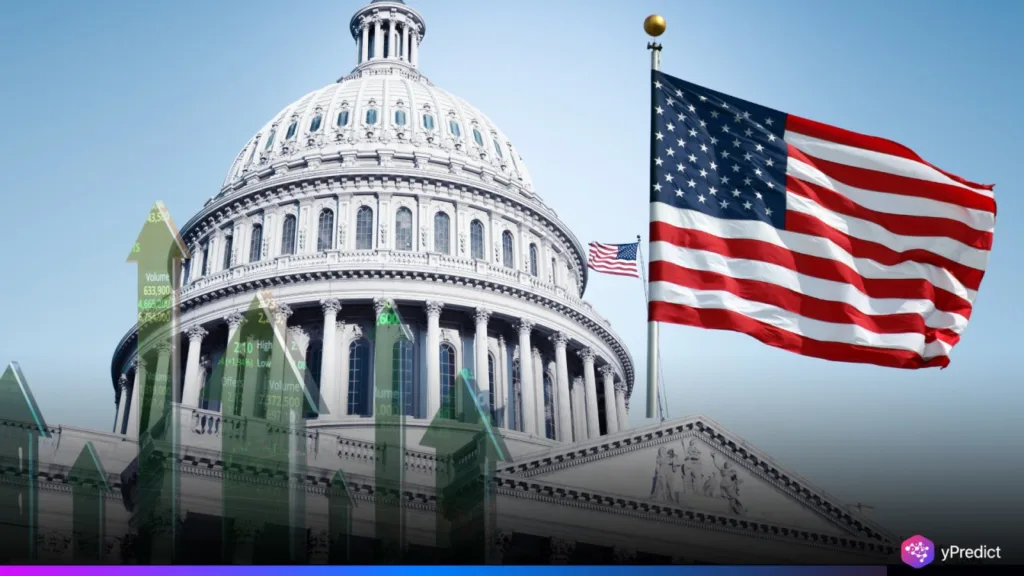
On July 31st, 2025, the U.S. Treasury announced a debt buyback program aimed at purchasing $2 billion in U.S. Treasury securities, which represents a significant shift in fiscal policy as this tool has not been utilized since 2014. Taken together, these two announcements indicate pressure is steadily increasing around managing public debt as well as managing maturity more effectively. As uncertainty in the economic landscape deepens and public debt rises, it appears the Treasury is quietly altering the way in which it thinks about its toolkit to prepare for the shifting financial landscape.
Buyback Returns After a Decade-Long Pause
The Treasury’s recent asset buyback marks the return of an old tool in a declining debt environment. The buyback is being tested as a controlled experiment after being absent since 2014. Treasury officials stopped short of describing this as a policy shift, about the only logical way to describe buybacks – and instead called it a test of infrastructure readiness.
However, the timing seems to hint that this is not a coincidence. As the levels of public debt climb higher, it is becoming obvious – indeed necessary – to improve the management of maturities. The buyback allows the Treasury to pay off older, more costly, and less liquid securities before the scheduled maturity date. While $2 billion may appear small, the symbolic return of buybacks opens a window into the administration’s evolving fiscal playbook.
Treasury Balances Buyback with Massive Refunding Plan
Just a day before the buyback, the Treasury announced a massive $125 billion refunding operation, with $35.2 billion marked for new borrowing. The refunding and buyback together show how the Treasury is operating on both sides of the ledger—retiring some debt while issuing more. This approach reflects deliberate maturity management.
Officials aim to extend repayment windows, reduce short-term rollover risks, and maintain bond market liquidity. While the buyback shrinks existing obligations, the refunding replenishes funds for ongoing federal operations. This dual strategy suggests a Treasury under pressure to manage rising public debt without triggering investor concerns. The department is fine-tuning its tools, and these moves make that effort visible.
Global Debt Risk Adds Pressure to Domestic Strategy
Rising global debt levels—estimated at $300 trillion in 2021—intensify scrutiny over U.S. fiscal actions. Think tanks like the Carnegie Endowment have warned that excessive borrowing often fuels “fictitious wealth,” where market growth becomes disconnected from real value. Against this backdrop, Treasury’s renewed emphasis on maturity management could hardly be more relevant.
U.S. Treasury public debt levels continue to rise, and there are mounting concerns over whether the government can withstand a future shock with its current financial structure as-is. In such an environment, even relatively small actions take on additional significance. They show the Treasury is responding to systemic risks, even if those responses remain technical. As global instability mounts, each debt management step—no matter how small—draws new significance.
Buyback Highlights Readiness, Not Policy Shift
While markets initially questioned whether the $2 billion buyback signaled a new direction, Treasury officials emphasized its limited scope. The operation centered on testing auction mechanisms, pricing protocols, and liquidity flow under controlled conditions. Nevertheless, it sends a strong signal: the U.S. Treasury is building operational muscle to prepare for rapidly changing debt conditions. This internal stress test highlights a proactive posture. Instead of reacting to crises, officials are preparing tools they may soon need. Public debt is not just a balance sheet issue—it’s a governance challenge, and maturity management plays a vital role. The Treasury is signaling readiness, even if it hasn’t changed official policy. That preparation matters in a global economy increasingly shaped by financial volatility.
The U.S. Treasury’s return to debt buybacks, coupled with a historic refunding plan, reveals a quiet urgency in Washington’s fiscal halls. Rising public debt and looming global risks have pushed officials to refine their strategy, focusing on infrastructure and maturity management. The $2 billion buyback was more than a technical trial—it was a soft signal of readiness in the face of deepening financial challenges.







